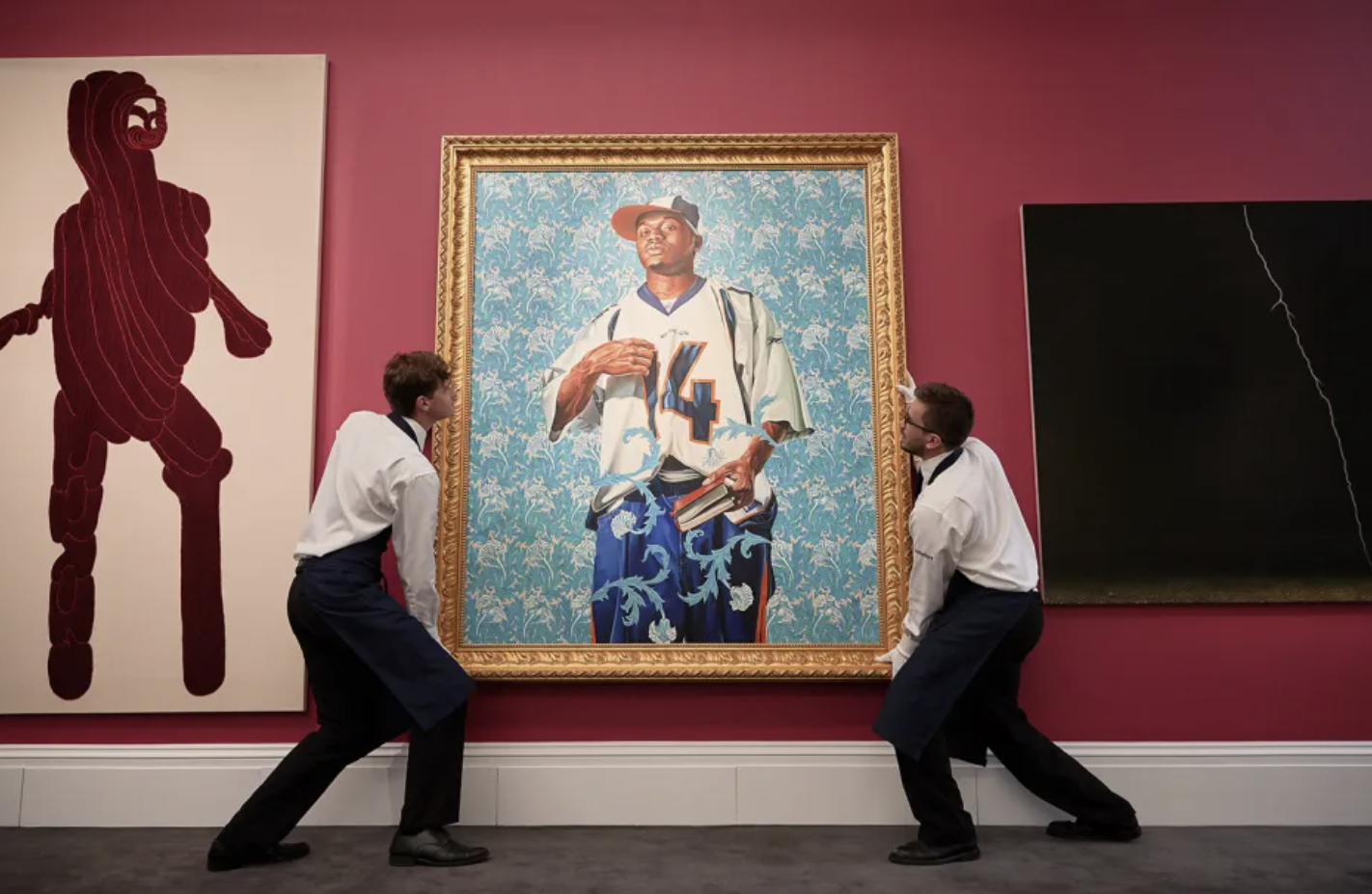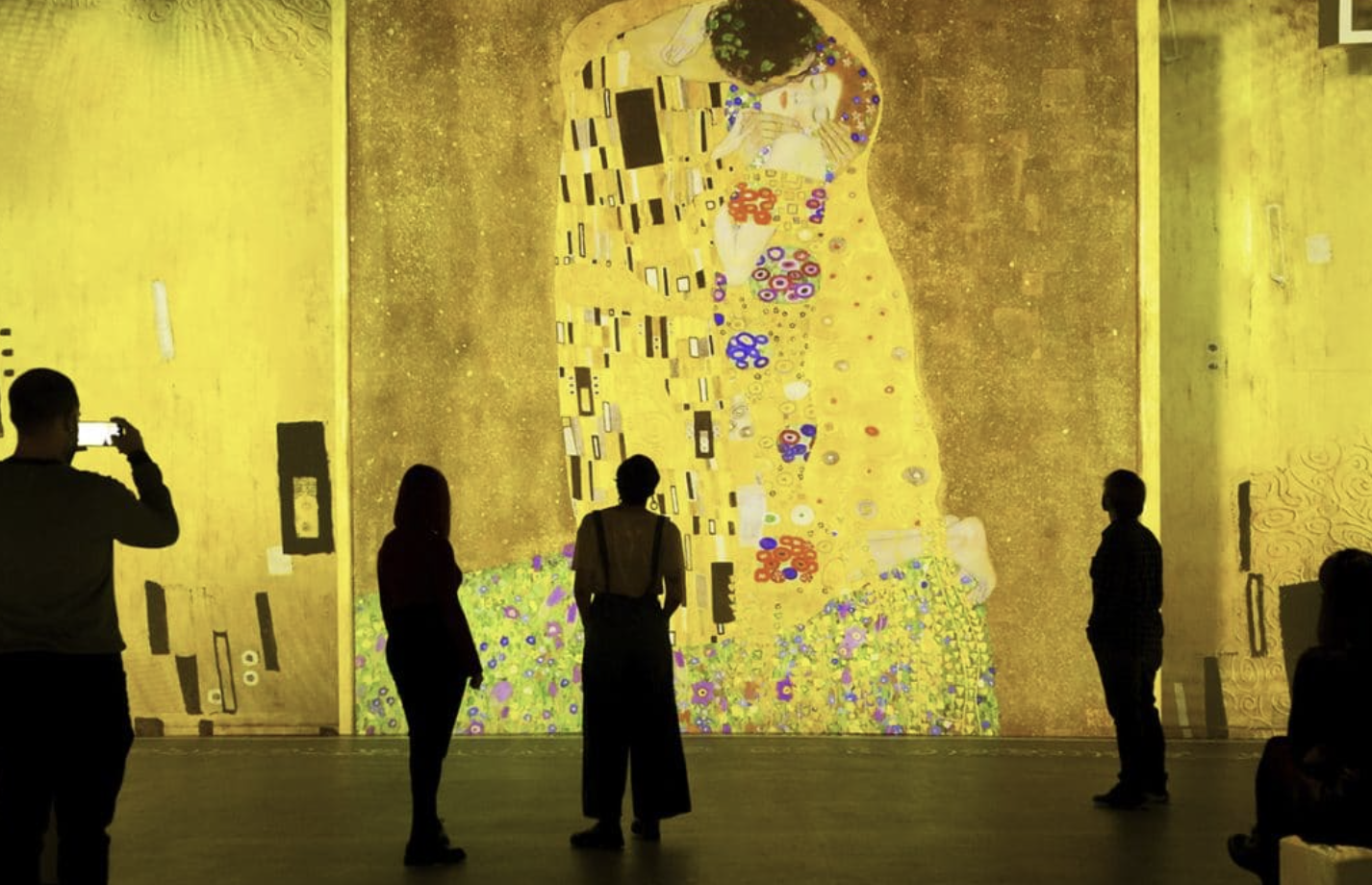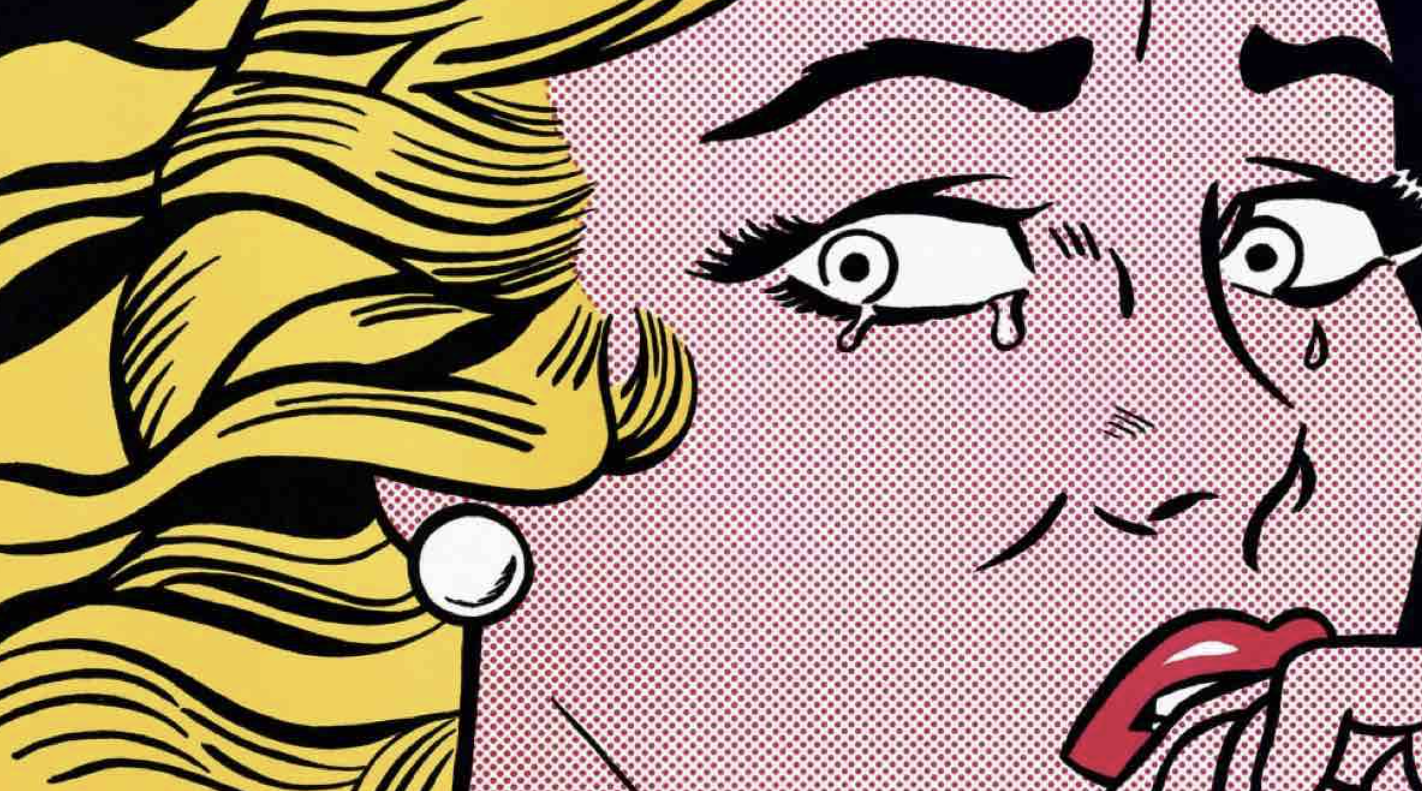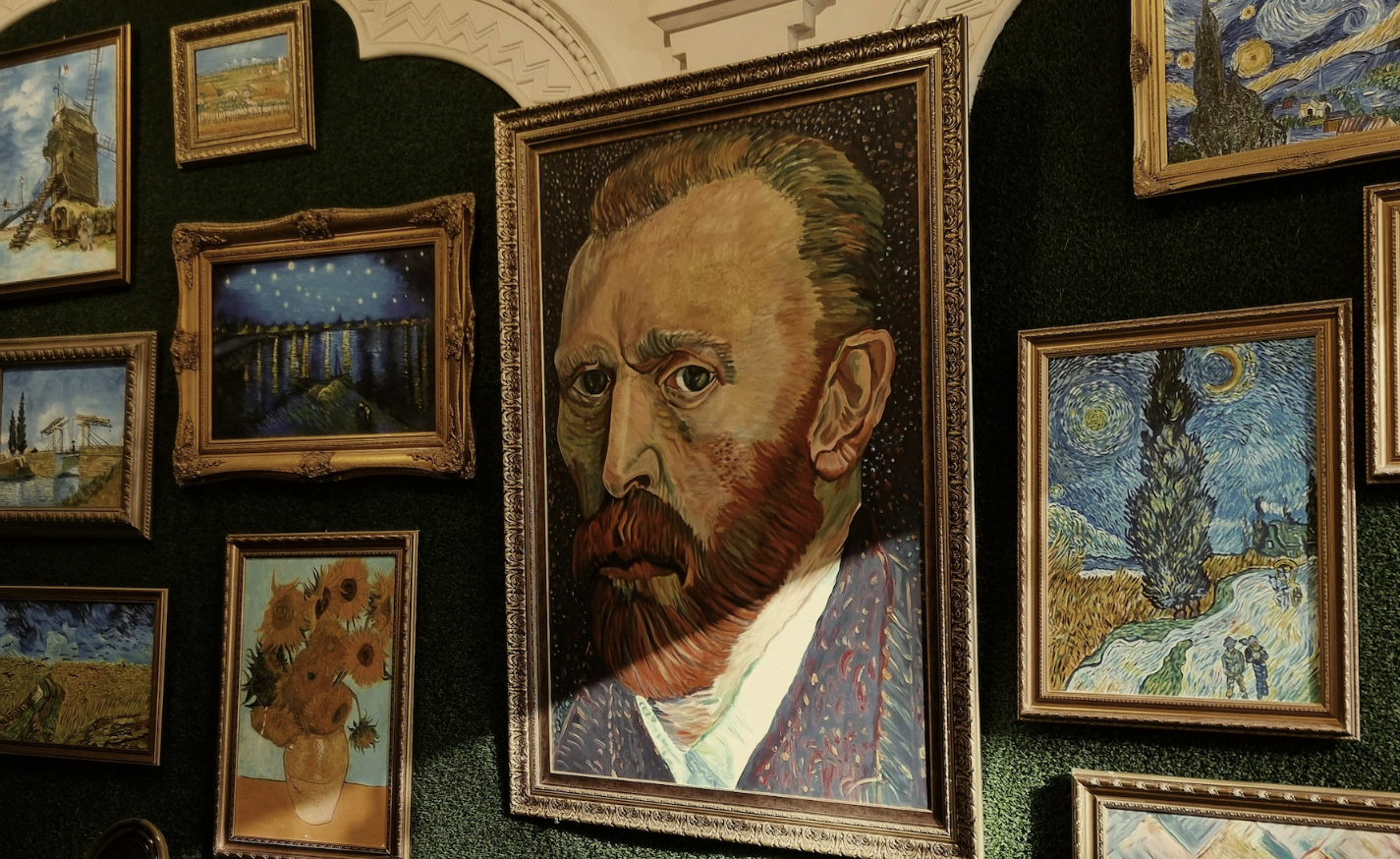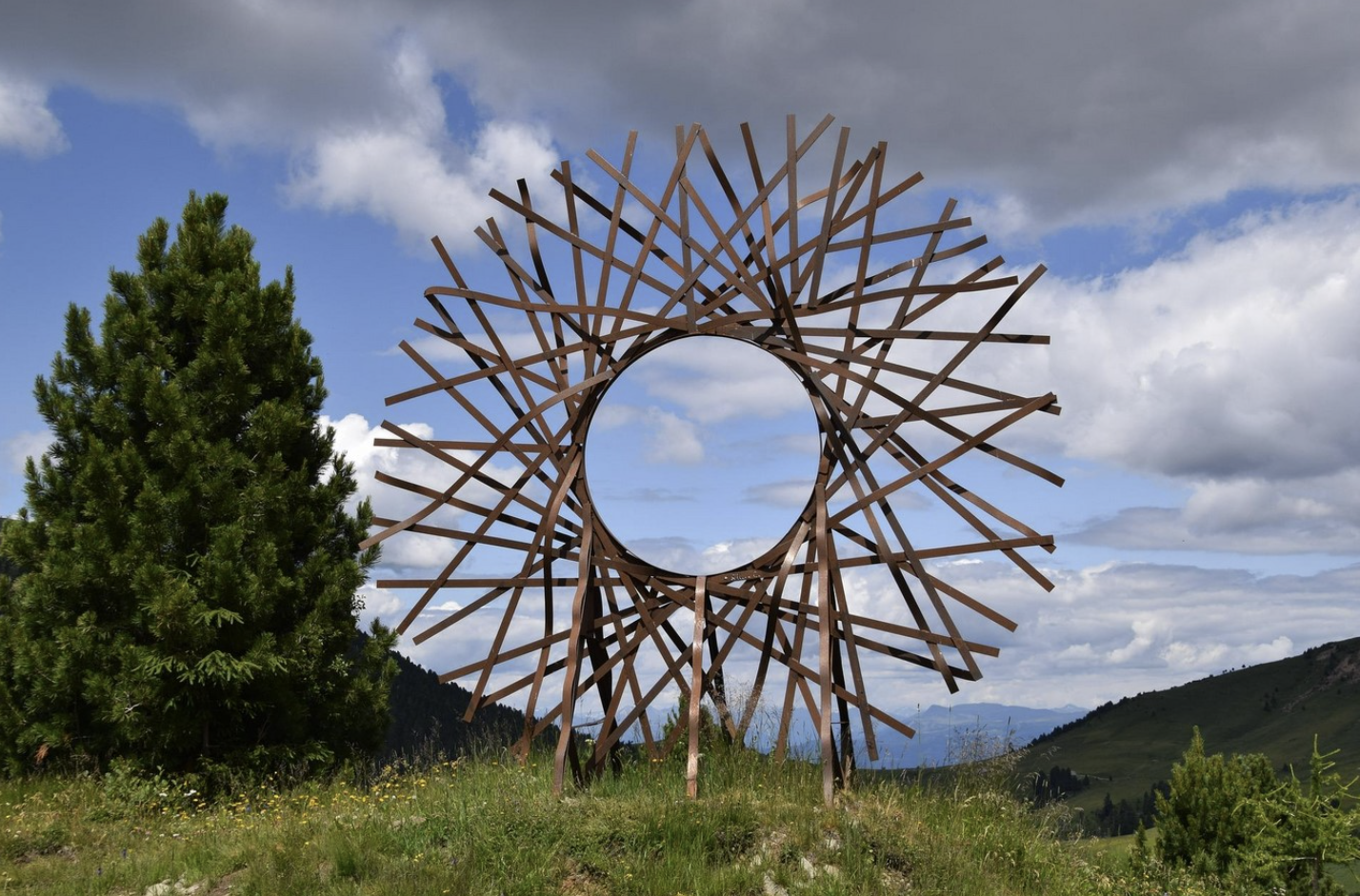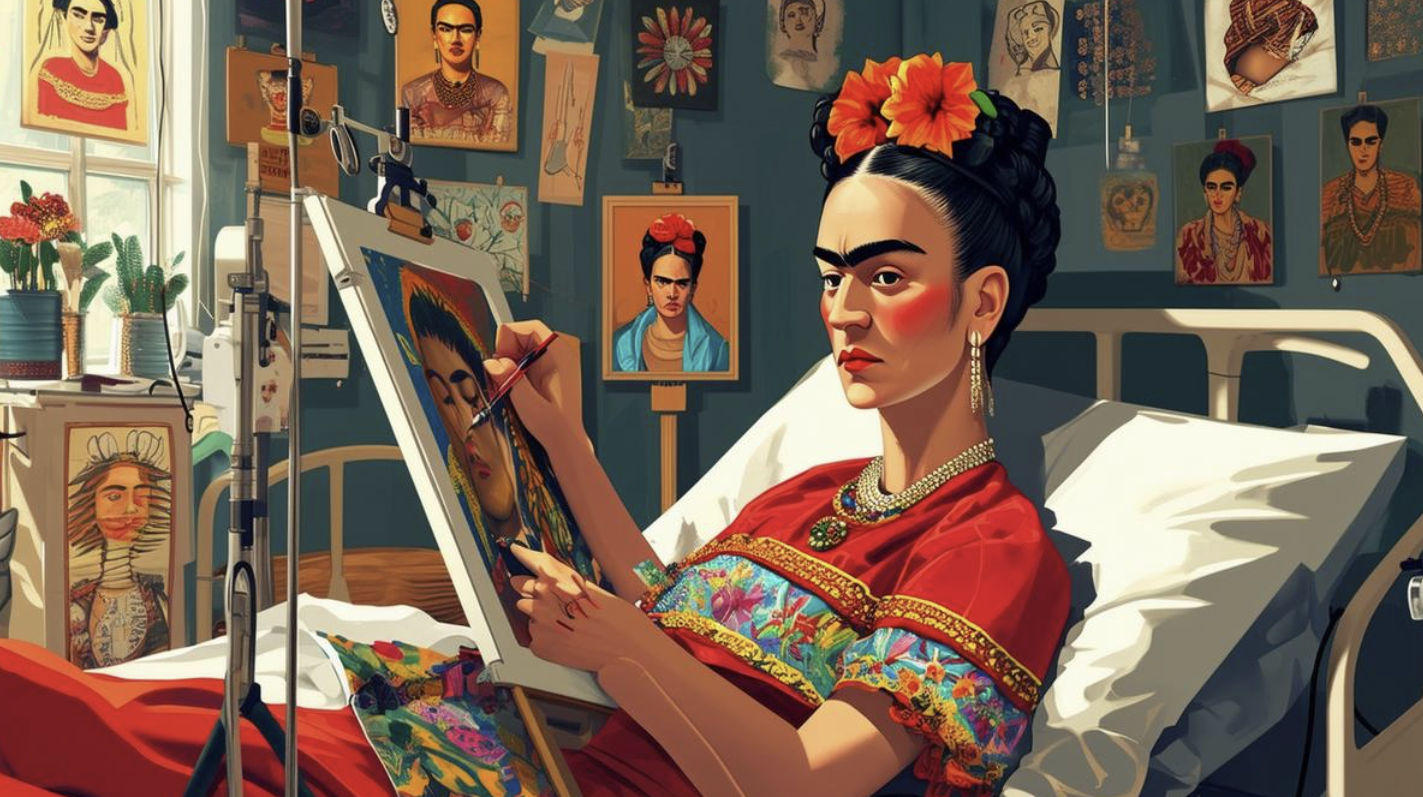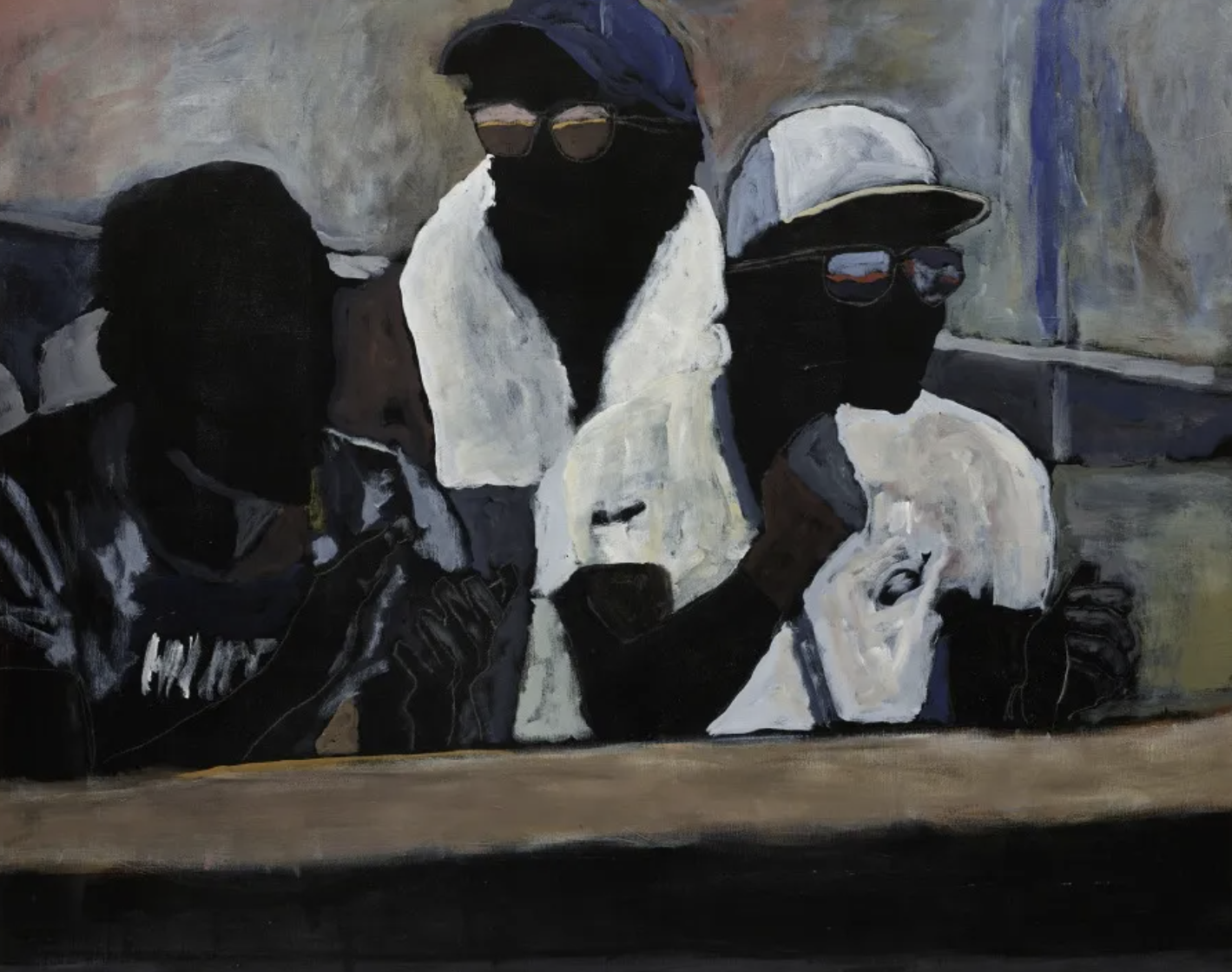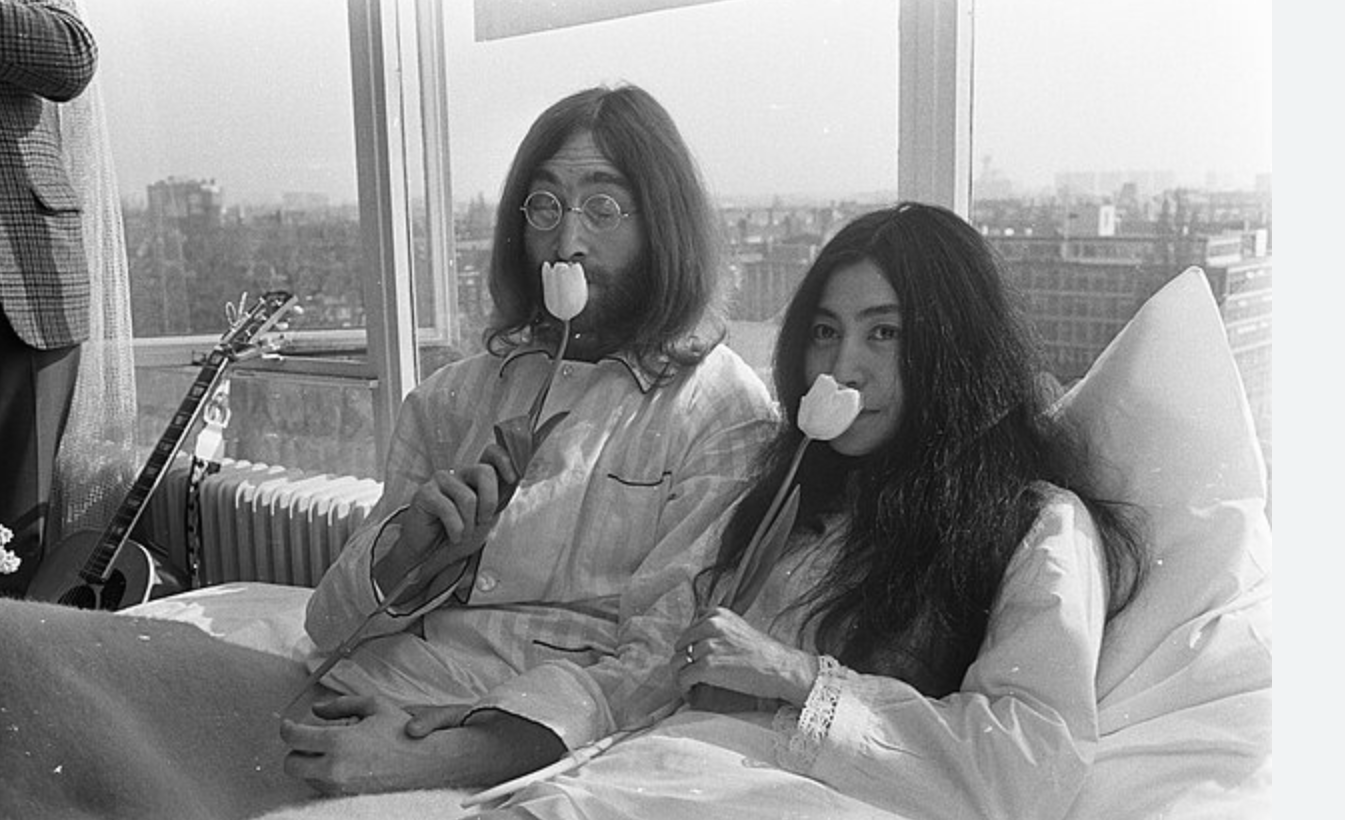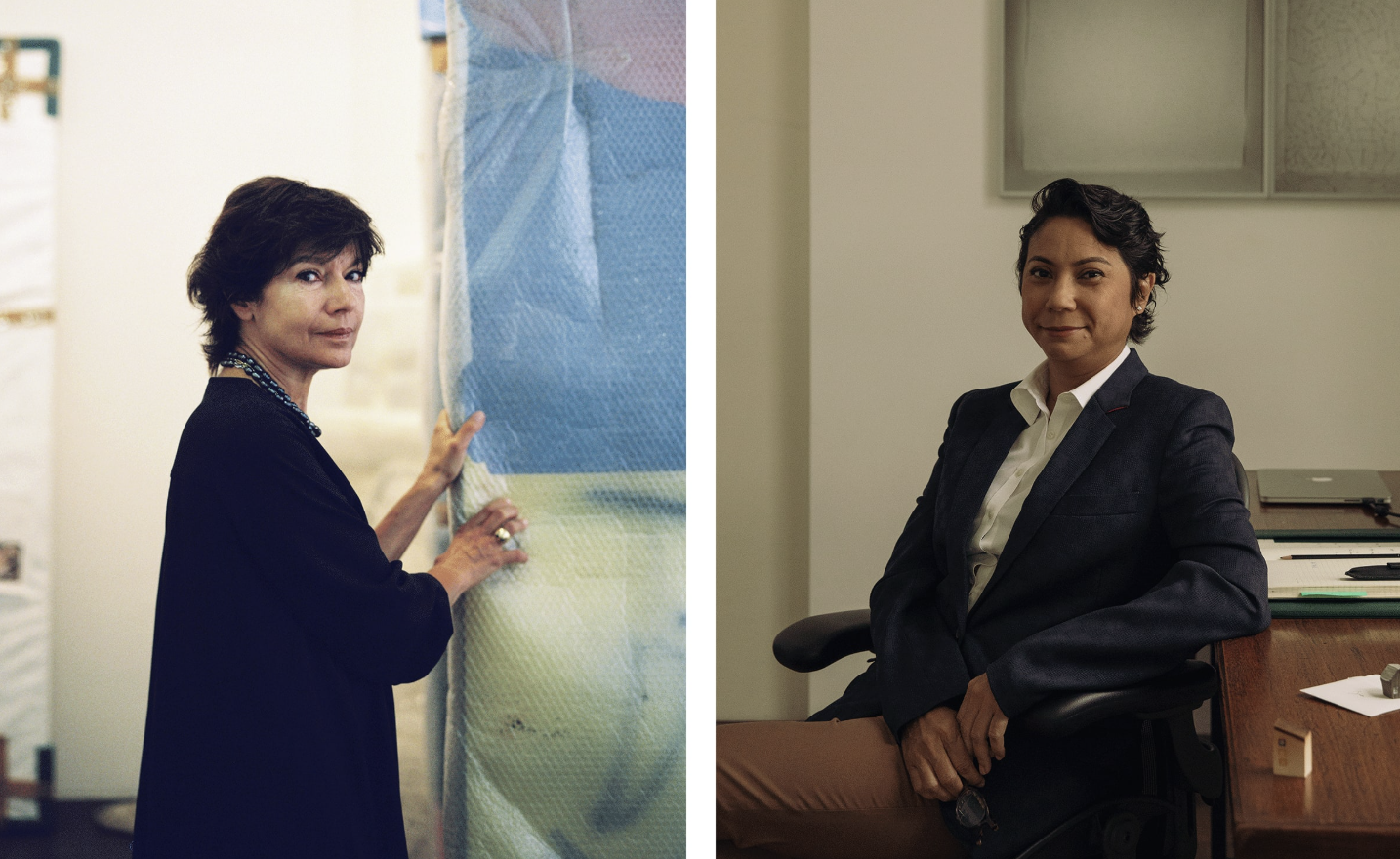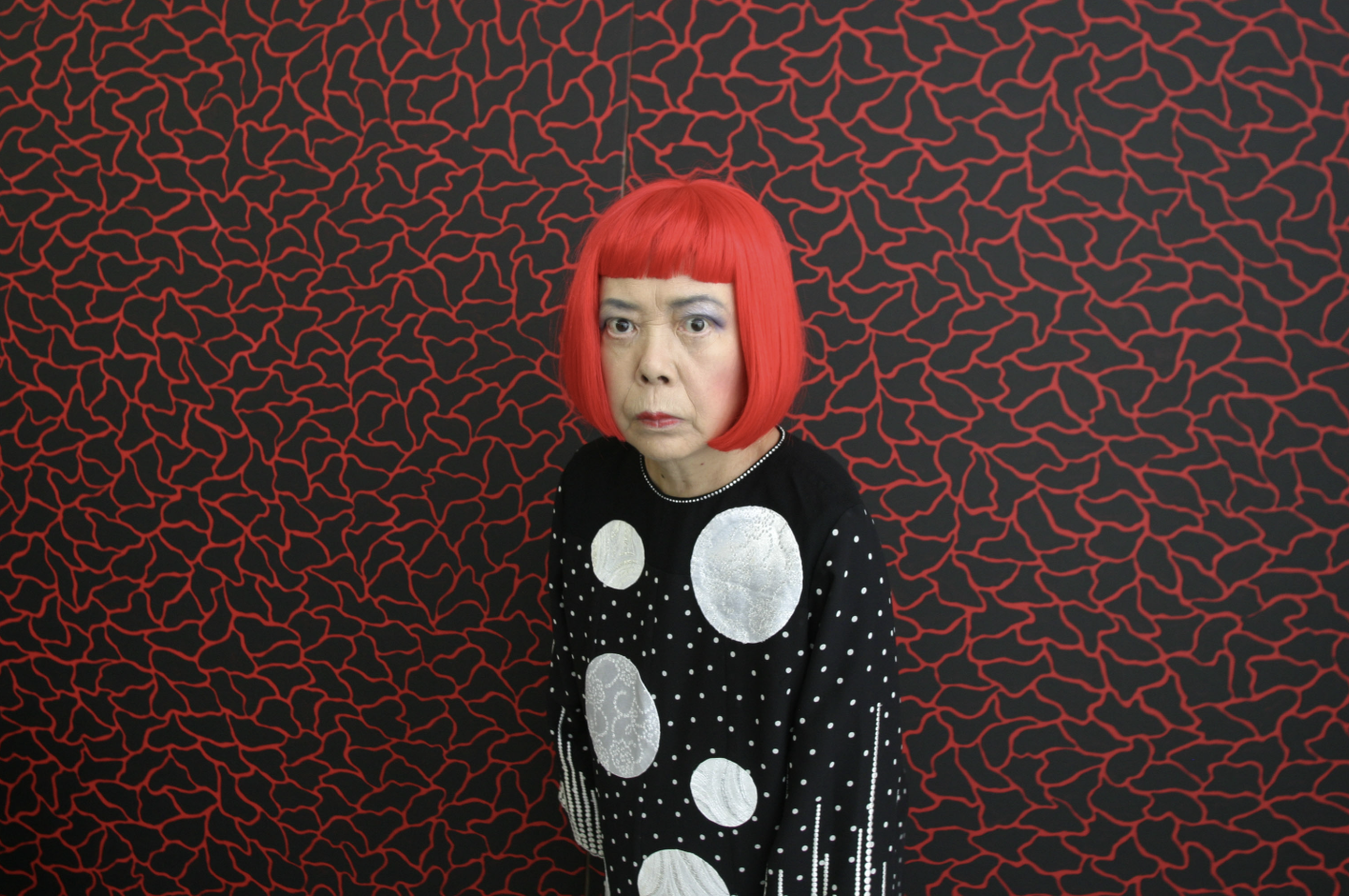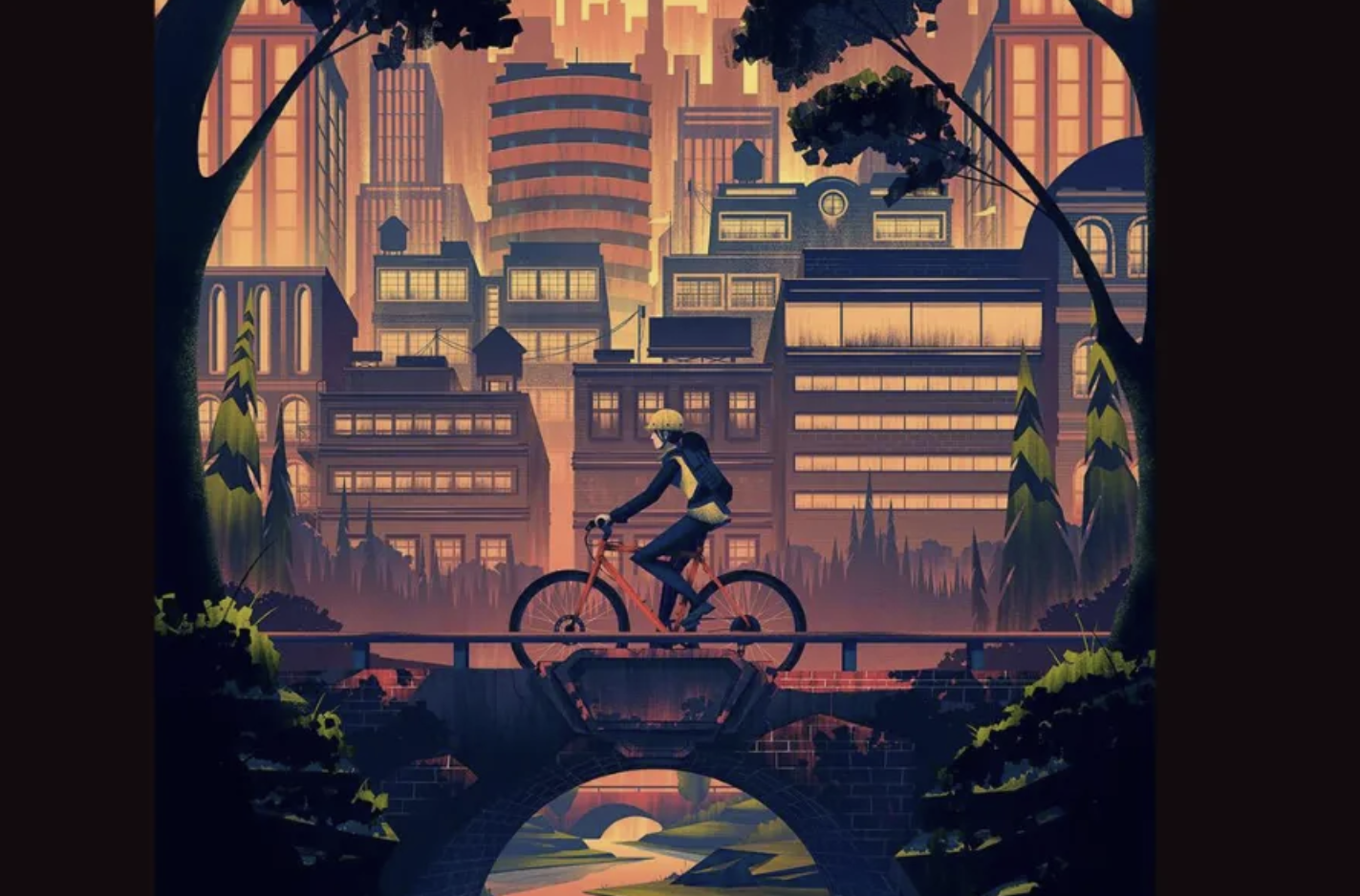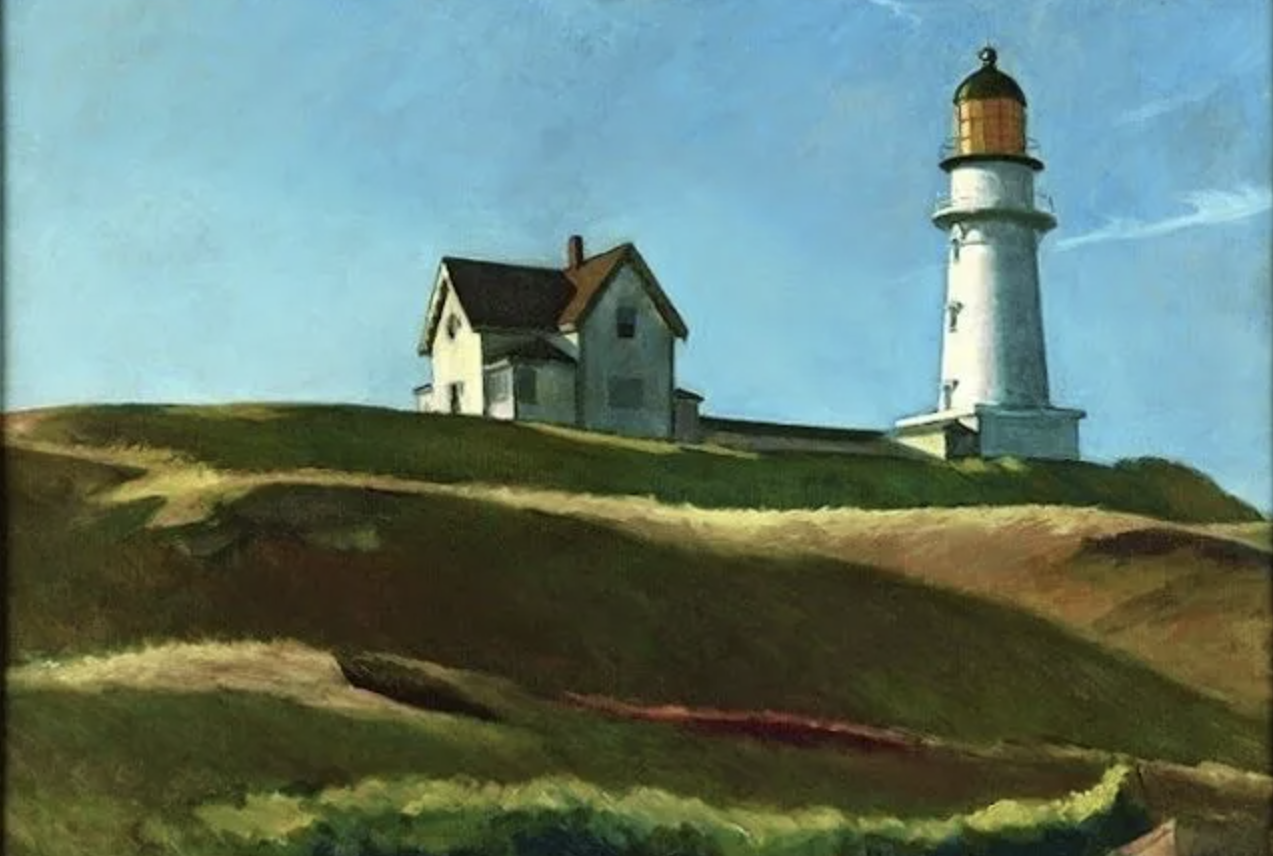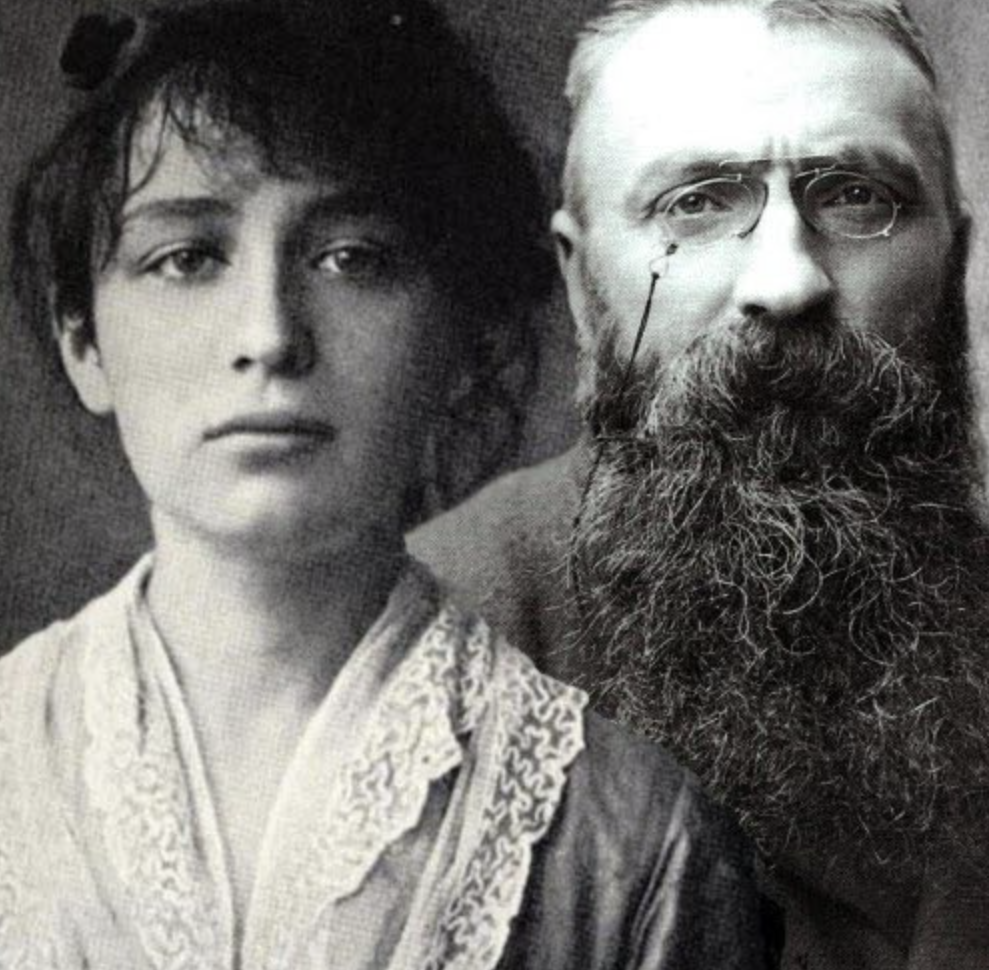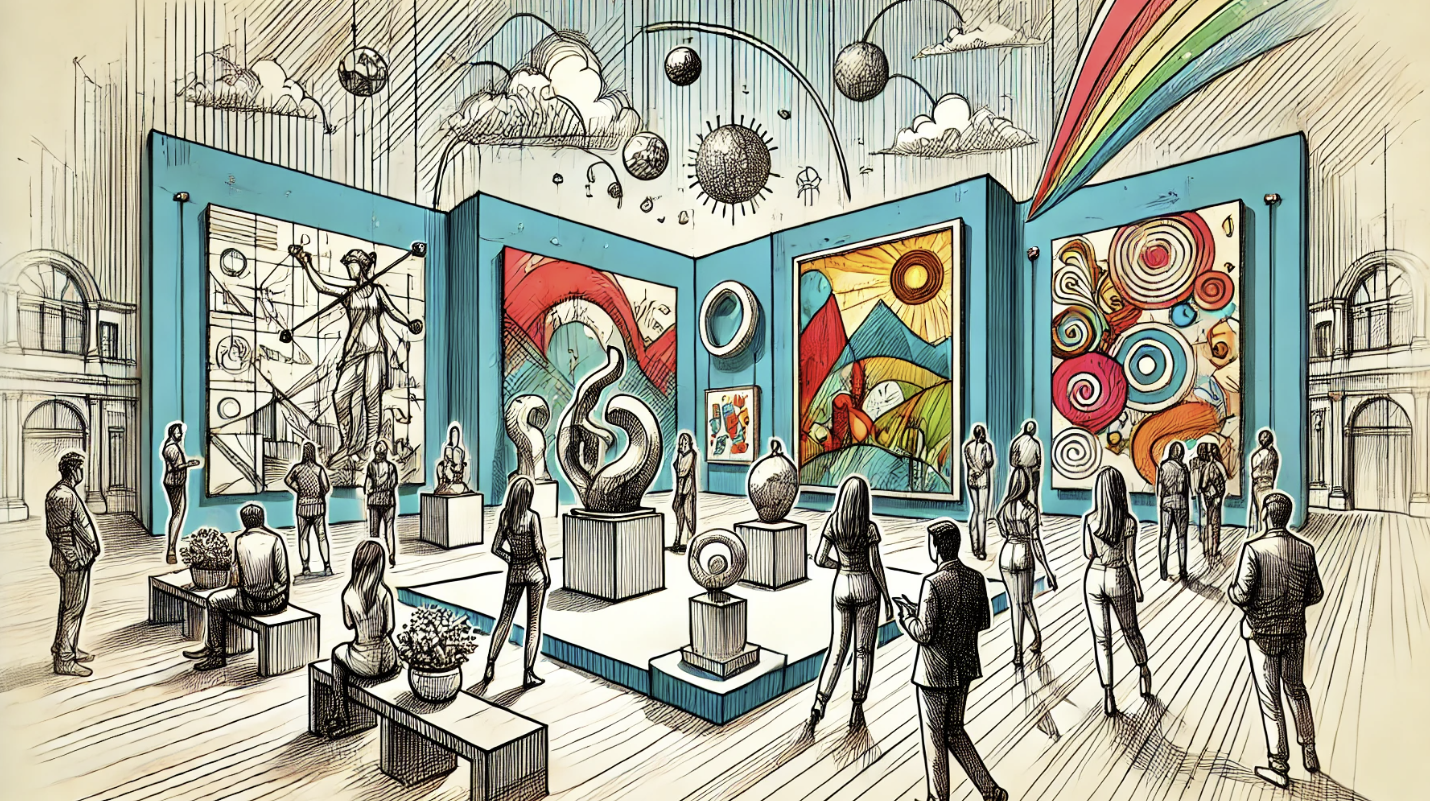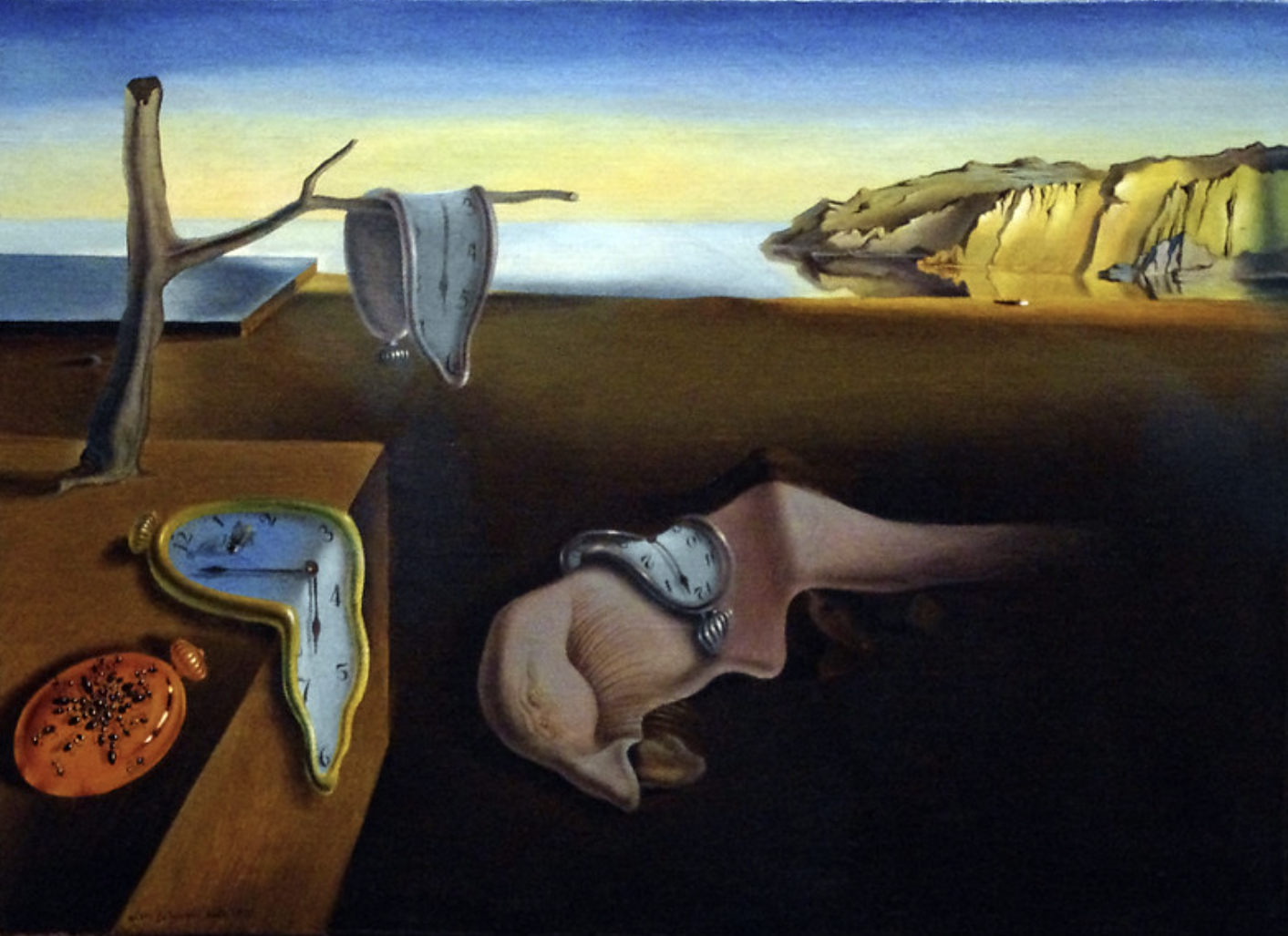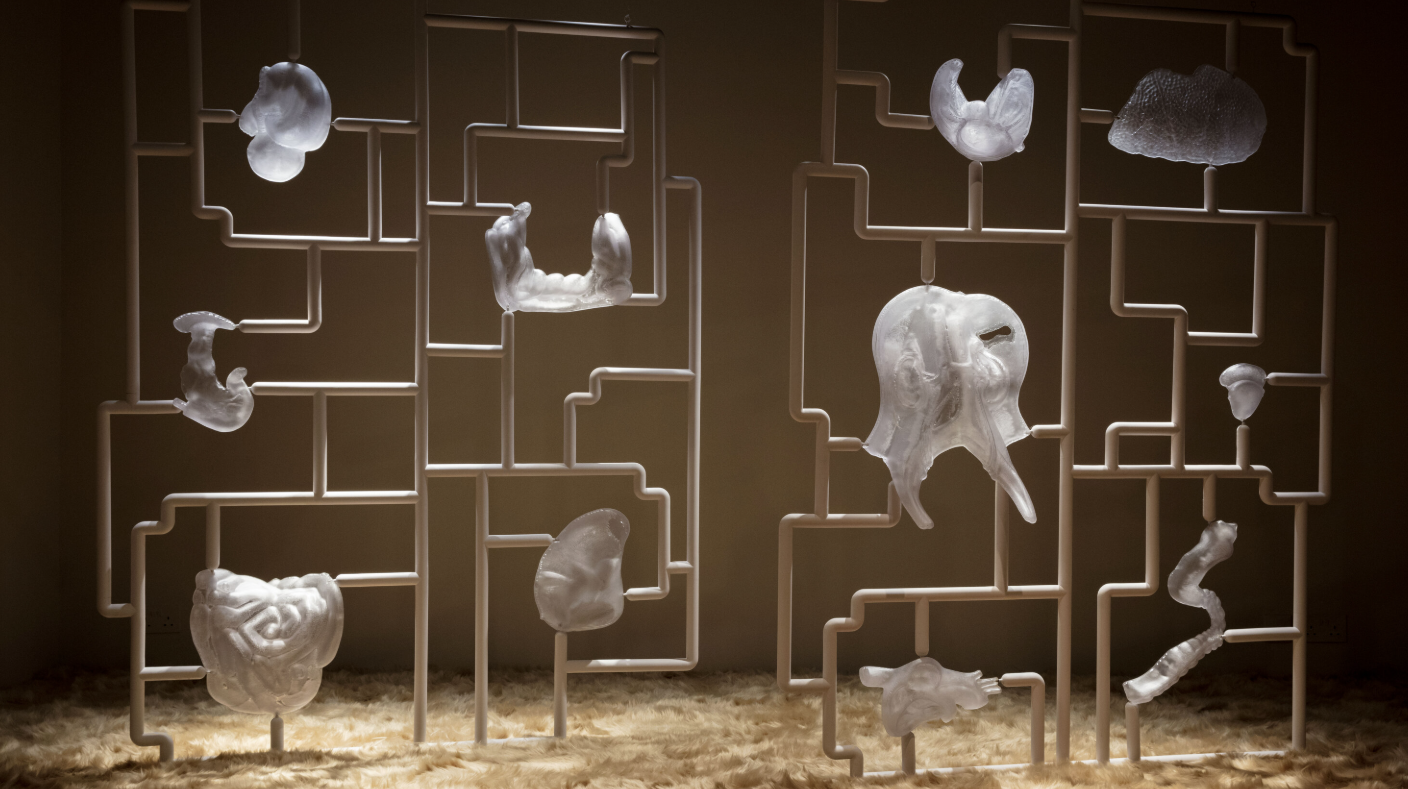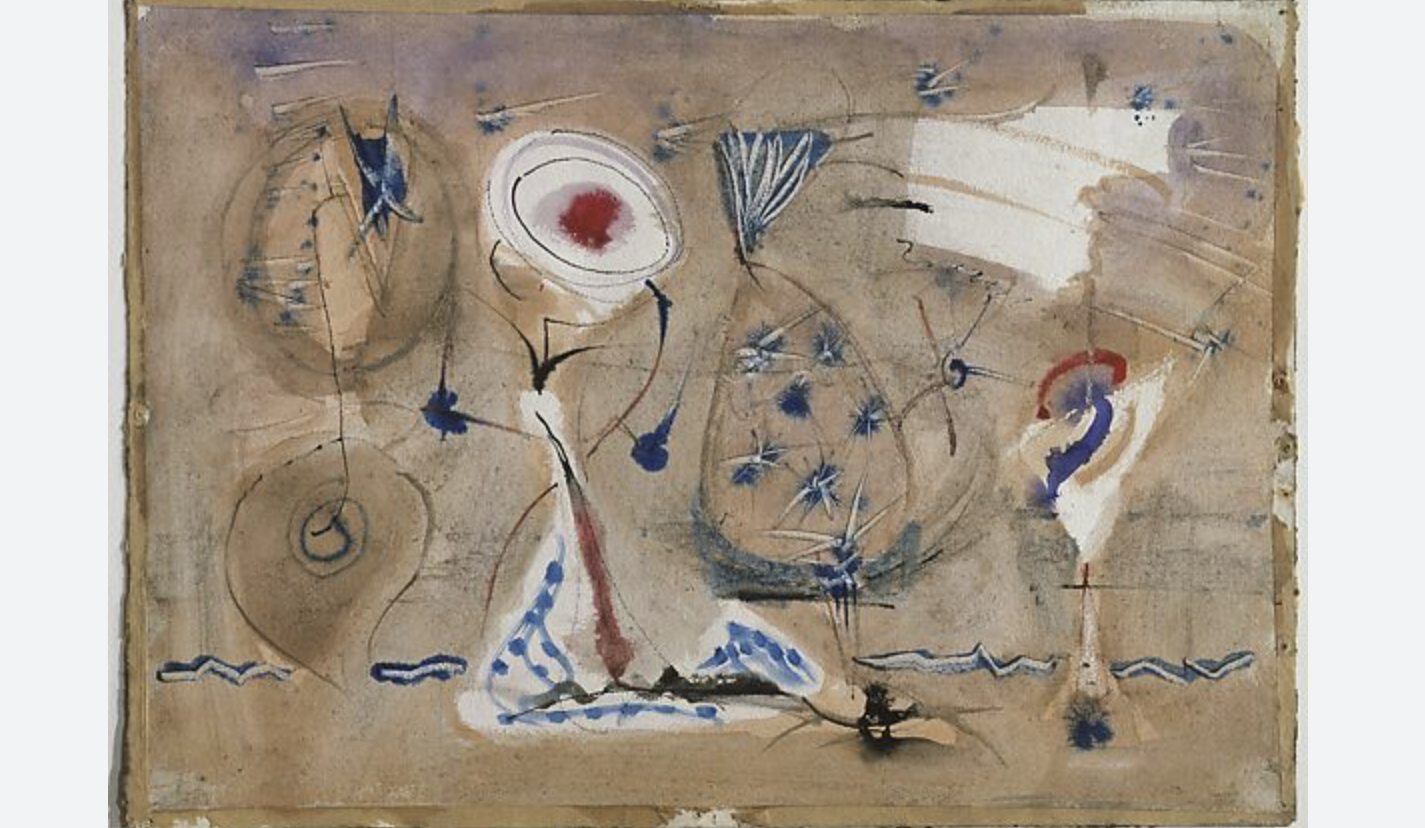
Mark Rothko, a key figure in the development of Abstract Expressionism, was born into a Latvian family in 1903 and moved to the United States in 1913. Initially drawn to figurative art influenced by expressionism, Rothko’s style would evolve significantly over time. After attending Yale University and the Parsons New School for Design, he immersed himself in the vibrant New York art scene, joining the circle of artists known as the New York School.
Rethinking Art After the Great Depression
The early 1940s saw Rothko and his contemporaries seeking to break free from the realism that had dominated the 1930s. The impact of the Great Depression and World War II led to a collective desire among American artists to redefine the role of art in society. Rothko, alongside other avant-garde painters, sought to create innovative and fresh works that would move away from traditional styles, ushering in a new era for modern art.
The Influence of Peggy Guggenheim and Art of This Century
In 1942, the influential art dealer Peggy Guggenheim opened the Art of This Century gallery in New York, where Rothko’s work found a home. The gallery, which showcased works from surrealism and other avant-garde movements, was divided into various thematic spaces, with Rothko’s pieces featured in the Abstract Gallery. By 1949, his work had garnered significant attention, largely due to his admiration for Henri Matisse’s The Red Studio, which inspired him with its bold use of color and abstract forms.
Pushing the Boundaries of Abstract Expressionism
Rothko was deeply influenced by the German painter Hans Hofmann and his theories on post-impressionism and cubism. Hofmann’s concept of “Push & Pull” inspired Rothko to develop his signature style, using large, floating rectangles of color that seem to recede and emerge from the canvas. By the 1960s, Rothko’s work was seen as revolutionary, standing apart from other Abstract Expressionist pieces created by his peers.
Color Field Painting: Rothko’s Spiritual Exploration
Rothko is most famous for his contribution to Color Field Painting, a sub-genre of Abstract Expressionism. Unlike the energetic, gestural style of action painting popularized by artists like Jackson Pollock, Color Field Painting is defined by large expanses of flat color. Rothko used his work to explore deep emotional and spiritual themes, seeking to transport viewers into a transcendent experience. His paintings are often seen as a form of visual meditation, inviting introspection and emotional engagement.
The Power of Scale in Rothko’s Work
One of the defining characteristics of Rothko’s paintings is their monumental size. The sheer scale of his works creates a sense of immersion, making the viewer feel as though they are entering the painting itself. This approach reflects his belief that large paintings allowed for a deeper, more intimate connection with the viewer. Rothko’s use of the Allover technique, which emphasizes equal importance to all areas of the composition, creates a visual experience that envelops the viewer, drawing them into the emotional core of the work.
A Tragic End
Rothko’s life ended tragically in 1970 when he took his own life at the age of 67. Though the reasons for his suicide remain a subject of debate, many point to his personal struggles and his intense spiritual concerns as contributing factors. Despite his untimely death, Rothko’s legacy lives on through his powerful body of work, which continues to move and inspire viewers around the world.
Rothko’s Artistic Philosophy
Rothko once said, “I paint very large pictures…precisely because I want to be very intimate and human. To paint a small picture is to place yourself outside your experience…However, if you paint the larger picture, you are in it.” His works, filled with rich emotional depth, convey universal human experiences such as tragedy, ecstasy, and doom. He believed that the power of his art was not just in its colors, but in the emotional response it elicited from the viewer.
Two Iconic Rothko Paintings
Rothko’s abstract works remain some of the most revered in the world of contemporary art. Two of his most notable pieces include:
- Blue and Gray (1962): In this oil on canvas, Rothko uses shades of gray and blue to evoke a metaphysical feeling, with the light rectangles emerging from a dark, misty background. The contrasting colors create a dramatic and contemplative atmosphere, encouraging viewers to explore the space between the colors and the emotion they convey.
- Orange, Red, Yellow (1961): This painting features a warm palette of orange, red, and yellow rectangles that seem to hover over the surface of the canvas. The dynamic interplay of color creates a feeling of afterimage, enhancing the sensory impact of the piece. In 2012, this work sold for a record-breaking $87 million, cementing Rothko’s place as one of the most valuable and influential artists in history.
Mark Rothko’s work remains a cornerstone of modern art, celebrated for its emotional intensity and innovative approach to color and form. His abstract paintings continue to speak to viewers, offering a universal language of emotion that transcends time and culture.






